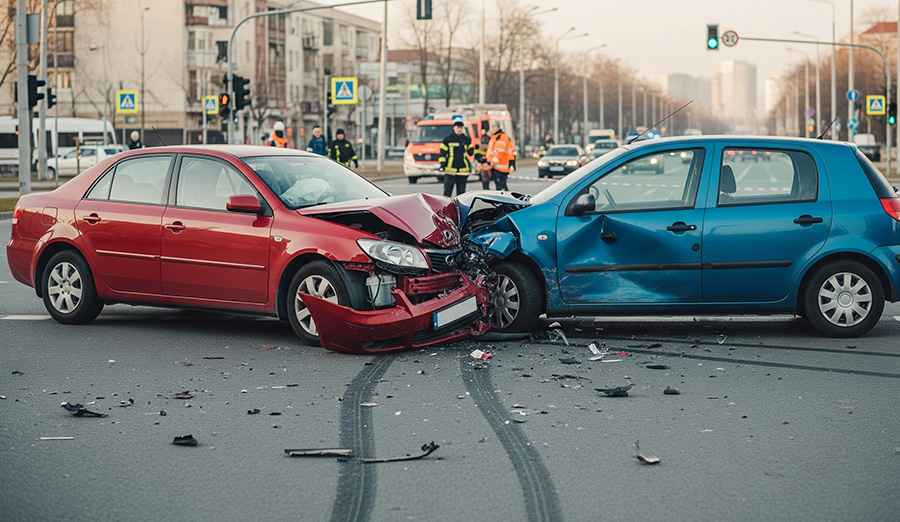5 Practical Tips to Avoid Car Accidents
Chicago, as a city with almost 2.7 million inhabitants, beats with the energy of businesses, culture, and never-ending traffic. It has its streets extending into busy intersections, mega-wide expressways, and crowded neighborhoods. Motorists encounter bad situations every time they drive on the road-aggressive drivers, pedestrians who are not looking where they are going, and sudden lane shifts.

Here, crashes are unannounced, and their effects are long-term. An accident lawyer in Chicago can assist the victim in handling the aftermath. However, a lot of accidents do not have to occur. The road pays off to attentiveness, anticipation, and preparation. Safe driving begins well before the engine fires up, and it will be with every action done behind the steering.
1. Be Agile at All Times
Watch the road ahead of you. Distractions just take away attention and make response time shorter. Do not text, read, and eat on the phone at the moment of driving. Observe traffic and scan mirrors. Anticipate and curve cuts and stops. It takes active attention when you are ready to react in time and not to get in trouble.
2. Safe Distances
Rear-end crashes are a result of tailgating. Leave room between your car and the car that is in front of you. A safe following distance can be measured with the three-second rule. In rain or low visibility, extend that space. The greater the distance, the more time you have to avoid collisions by slowing down safely at unforeseen speeds.
3. Follow the Speed Limit
Rapidity lowers discipline. Braking becomes very long when traveling at high speeds, and corners become hazardous. Adhere to the limits posted. Reduce velocity in the case of heavy traffic, road construction, and adverse weather. Uninterrupted driving with calm and straight motions saves you and all around you. Do not make haste. But make a speed.
4. Turn Signals Early On
Other drivers get mixed up with unsignaled turns. Have a signal in advance of movement. Make drivers aware of your purpose. It is a minor thing that helps to avoid misunderstandings during crossing and lane switching. Traffic is directed by signals, and this limits surprises, thus decreasing the chances of an impact.
Keep Your Car in Safe Condition Failure to work causes danger through the use of machinery. Strictly monitor brakes, lights, tires, and fluids. Resolve problems on the spot. Replace damaged parts in time. A well-maintained car reacts to crises better and can be expected to handle everything. Your vehicle should not leave you guessing.
5. Compensate on Road Conditions
Rain, fog, snow, and ice all require modifications of driving behavior. Reduce speed on wet or slippery roads. Use headlights when visibility decreases. On wet roads, apply smooth steering and smooth braking. Things on roads evolve quickly. Adapt quickly. Show respect to the surface beneath your wheels and its effect on control.
Conclusion
Accidents result from habits and choices. Distraction, impatience, and poor maintenance lead to collisions. The road rewards discipline and preparation. Each trip offers a chance to drive with awareness, purpose, and care. Safety starts with the first turn of the key and ends when you park without incident.
Mastering a few practical habits keeps you in control—and keeps others safe. Strong decisions behind the wheel shape outcomes. Every mile gives a chance to protect lives and avoid regret. Practice defensive driving. Respect every signal, every condition, and every moment behind the wheel. These actions reduce risk and preserve the safety of everyone.